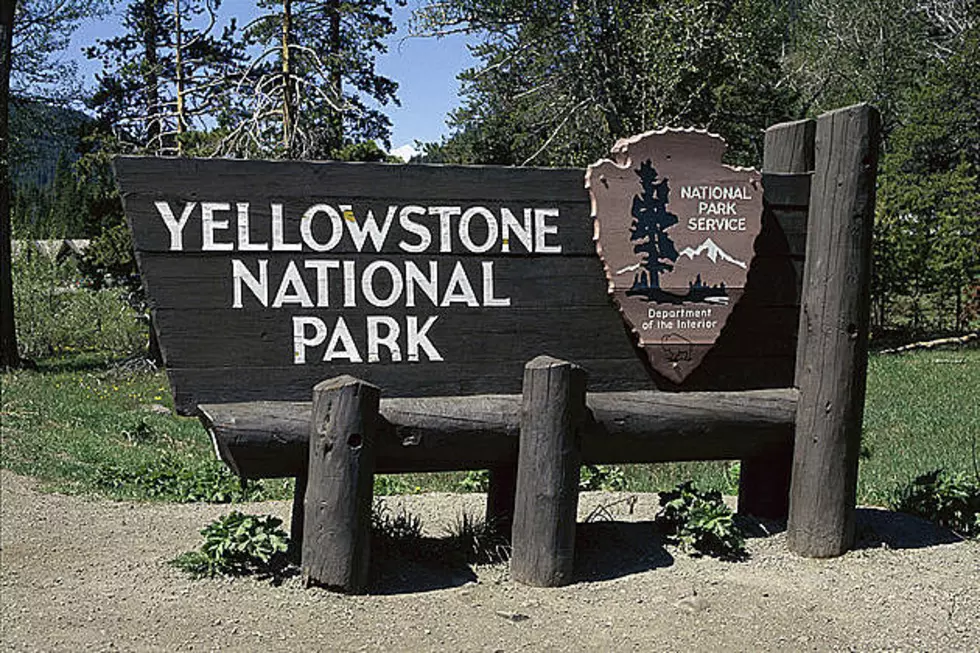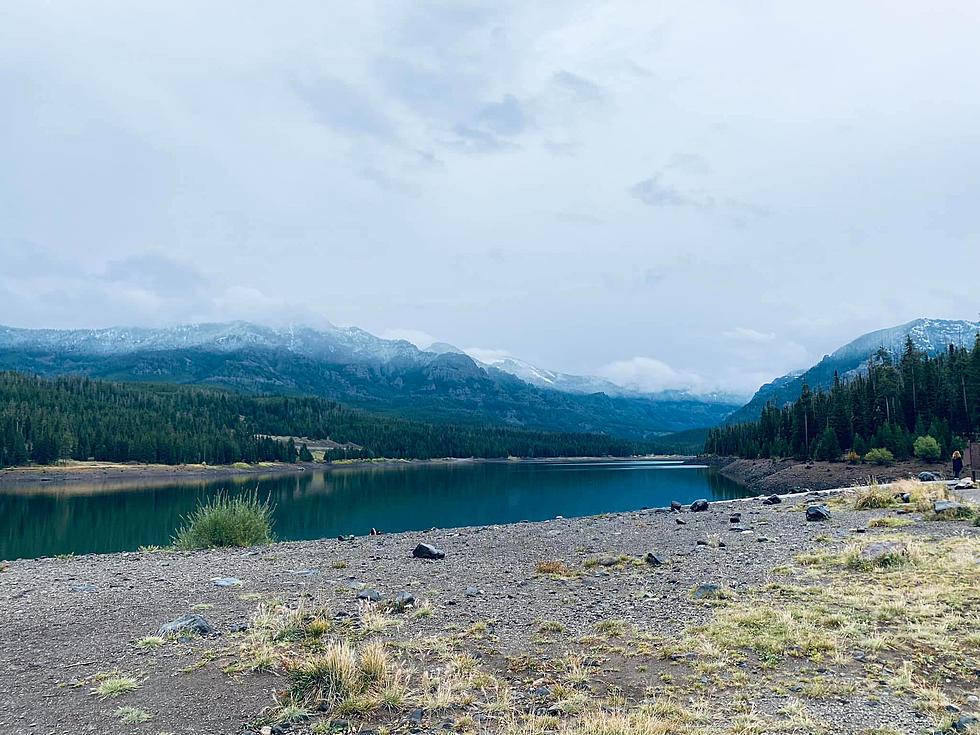
First Grizzly Sighting in Yellowstone for 2020
Yellowstone National Park has announced that the first confirmed grizzly bear sighting occurred this past weekend. On Saturday, March 7, the grizzly was spotted from the air near Grand Prismatic Spring. This year's first sighting came just one day before last year's fist sighting date.
Male grizzlies usually come out of hibernation in early March. Females with cubs emerge in April and early May. When bears emerge from hibernation, they look for food and often feed on elk and bison that died over the winter. Sometimes, bears will react aggressively while feeding on carcasses.
With a new bear season upon us, YNP reminds visitors to be prepared for encounters with bears. Here's how:
- Carry bear spray, know how to use it, and make sure it’s accessible.
- Stay alert.
- Hike or ski in groups of three or more, stay on maintained trails, and make noise.
- Avoid hiking at dusk, dawn, or at night.
- Do not run if you encounter a bear.
- Stay 100 yards away from black and grizzly bears.
- Use binoculars, a telescope, or telephoto lens to get a closer look.
- Store food, garbage, barbecue grills, and other attractants in hard-sided vehicles or bear-proof food storage boxes.
- Report bear sightings and encounters to a park ranger immediately.
"Now that bears are emerging from winter dens, visitors should be excited for the chance to view and photograph them, but they should also treat bears with respect and caution,” said Kerry Gunther, the park’s bear management biologist. “Many visitors think bears are ravenously hungry and more likely to attack people for food after emerging from hibernation, but almost all bear attacks result from surprise encounters when hikers startle bears at close distances and the bears react with defensive aggression. Hikers, skiers, and snowshoers should travel in groups of three or more, carry bear spray, and make noise."
While firearms are allowed in the park, the discharge of a firearm by visitors is a violation of park regulations. Bear spray has proven effective in deterring bears defending cubs and food sources. It can also reduce the number of bears killed by people in self-defense.
The park restricts certain visitor activities in locations where there is a high density of elk and bison carcasses and lots of bears. Restrictions will begin in some bear management areas on Tuesday, March 10.
More From 100.7 KXLB
![[WATCH] New Viral Video of Huge Explosion In Yellowstone](http://townsquare.media/site/15/files/2024/07/attachment-Untitled-design-2024-07-23T143358.059.jpg?w=980&q=75)








